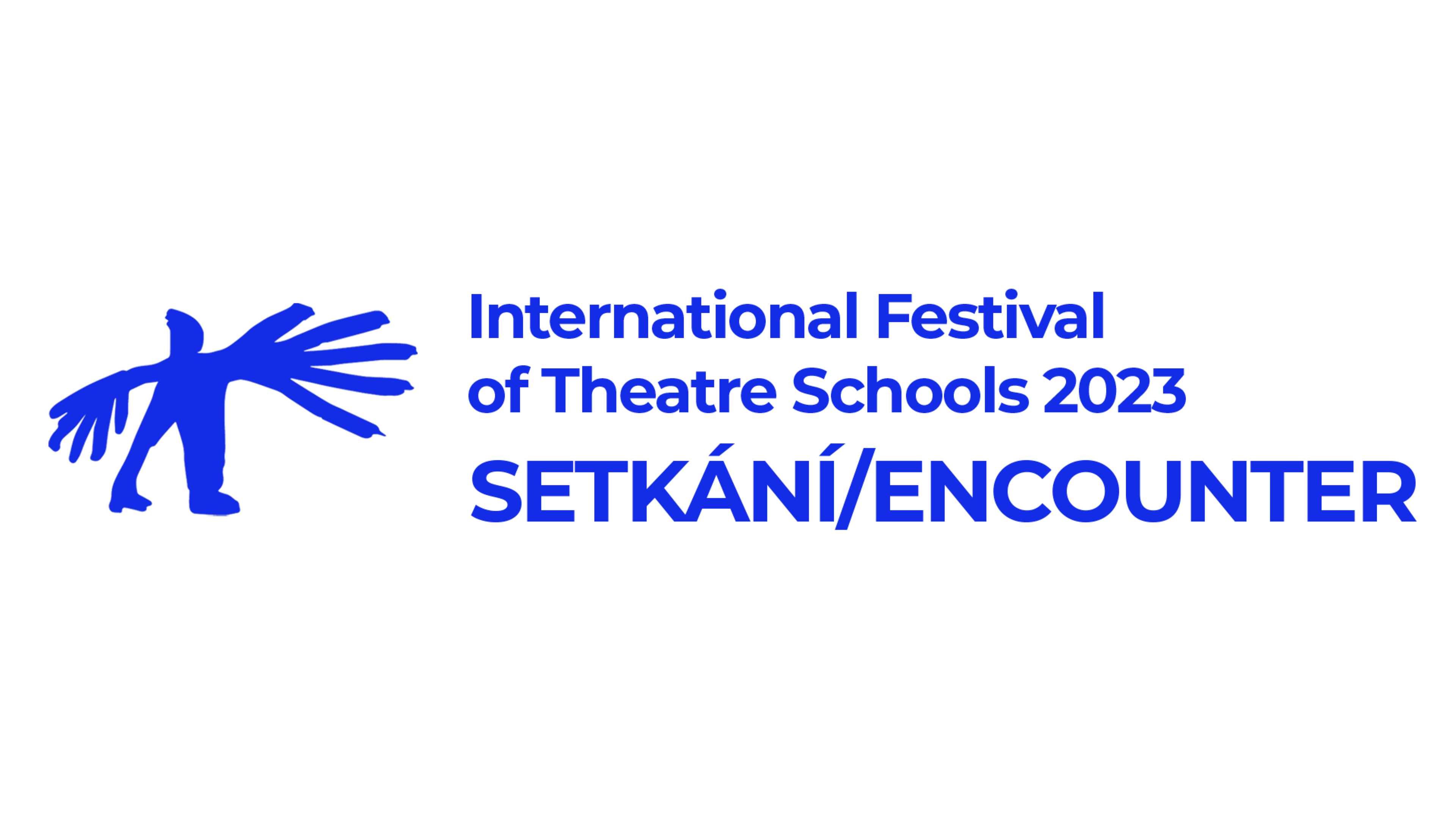
LYSISTRATA: Reclaimed
A woman’s act of defiance ended the war - the perfect subject matter for a comedy. Indeed? Lysistrata needs to be reinterpreted!
The dance adaptation of Lysistrata, performed by the students of the Georgian University of TAFU, does not only involve genre differences in terms of the communication code, but also in terms of the way it views its subject matter. While Aristophanes portrays the protest of the women, who decide to deny the men sex until peace is established, as a comedy, here the perspective is reversed to the point where the act is held in reverence. As the audience arrives, the nine dancers together form a living sculpture, a kind of memorial, from which they begin the “story” of Lysistrata in movement and in voice.
The choreography is inherently narrative, and clear references to situations written by Aristophanes emerge. However, the topic is primarily conveyed by the riveting energy, the concentrated expression, and the powerful acting of the dancers. Every single movement, every single breath they take is experienced deeply. The blows leave crimson marks on their skin. Their singing pierces, their roars are deafening.
At the end of Aristophanes’ comedy, there is a communal celebration in which the women lose their central position. They return to ‘their’ place, and the discourse is taken over by the dominant male voices – the world is ‘right again’. The key role of the women in ending the war is easily forgotten. But the TAFU dancers send a clear message: there should be no forgetting. Their hypnotic performance is etched in the memory beyond any shadow of a doubt.


